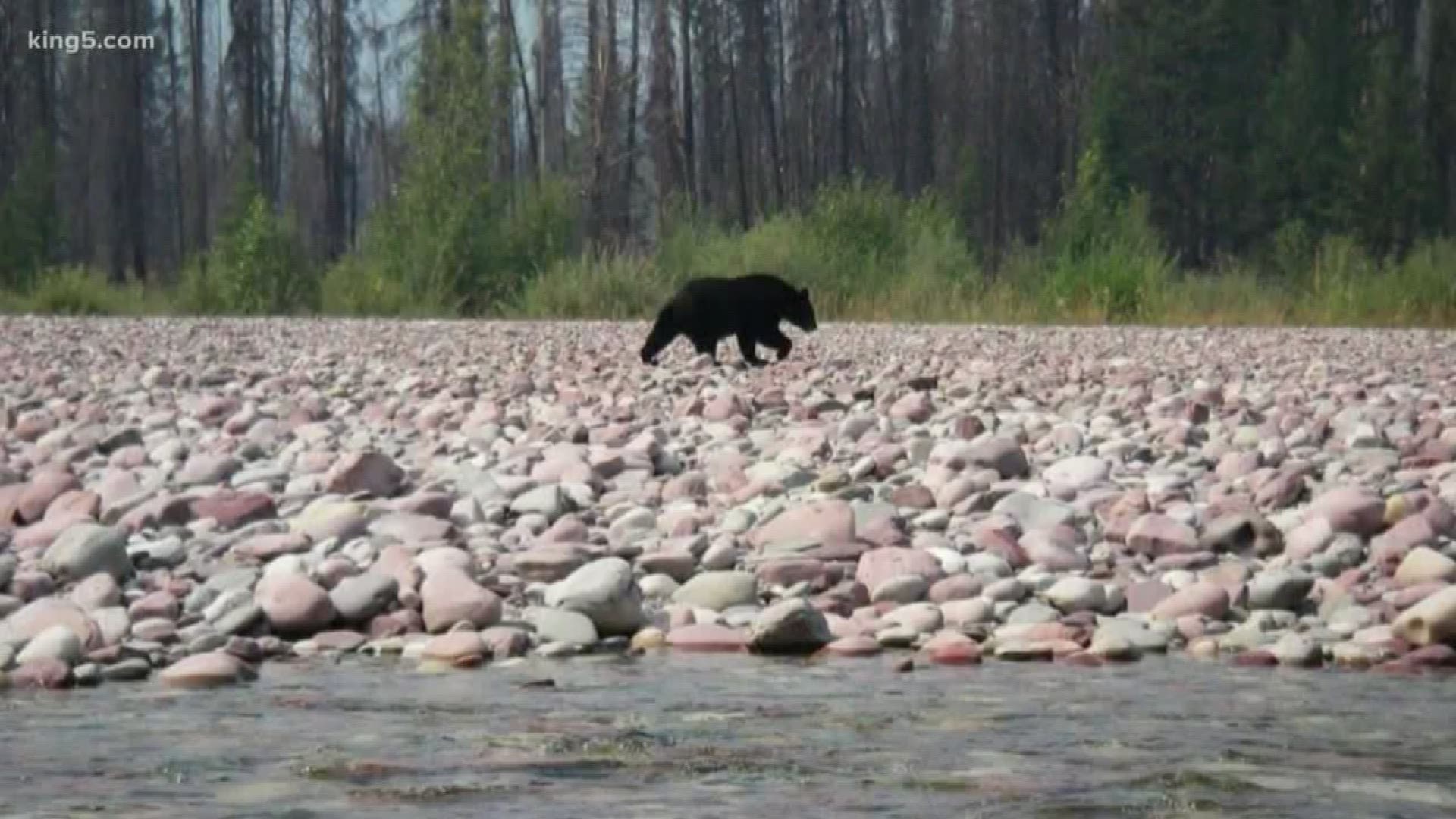BUCKLEY, Wash. — Animals use riparian corridors, the land surrounding rivers and streams, as natural migration routes.
A study led by the University of Washington mapped these corridors in the Northwest and identified which will be the most important for animals trying to navigate the changing climate.
Meade Krosby studies riparian corridors. On Monday, she flew with LightHawk volunteer pilot Dan Marks past Everett and witnessed riparian habitats that were not in good shape.
"As we are moving up out of Everett, we are slowly starting to see the vegetation come in along the sides of the river," Krosby said.
Krosby said these areas are becoming escape routes as climate change brings alterations in habitat and wildlife seek places where they're less stressed.
"One of the key ways that plants and animals respond to climate change, one of the key ways they adapt, is by moving. They shift their ranges so that they stay in areas that are comfortable for them climatically," Krosby said.
The research focuses on mapping these corridors and rating them by priority for restoration efforts. Land managers can use the data to focus funding on the areas that give wildlife the best chance.
The UW study ranked riparian corridors in Washington, Oregon, Idaho, and western Montana.
Researchers rate the land for various features that help animals who are moving, including width, amount of shade, tree cover, connection across temperature gradients, and general condition of the landscape.
“This work to identify and prioritize the waterways is a great example of getting UW research into action. Climate Impacts group is a part of EarthLab, a new institute that is working to connect UW research with decision makers working on complex environmental challenges,” explained EarthLab Executive Director Ben Packard.
The routes scientists identified as some of the most important run through the Columbia Plateau, covering eastern Washington, central Oregon, and western Idaho.
"They need to move farther, and they need to move faster than ever before. At the same time, they have fewer options than they have ever had because humans have taken up so much of the landscape," Krosby said.
"It’s just one fewer opportunity for plants and animals to move across the landscape. It is a really important way for them to adapt to climate change. If we are not paying attention to maintaining riparian areas, it just cuts off options for them. They need all the options they can have."
The research was funded by the Washington Department of Fish & Wildlife, the North Pacific Landscape Conservation Cooperative, the U.S. Fish and Wildlife Service, and the Wilburforce Foundation. Scientists at the Conservation Science Partners and The Nature Conservancy also contributed.

